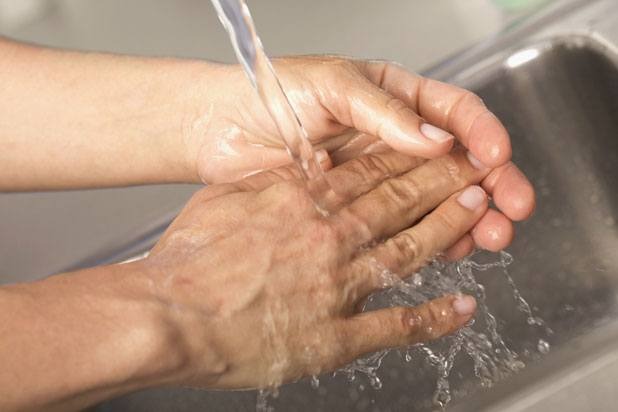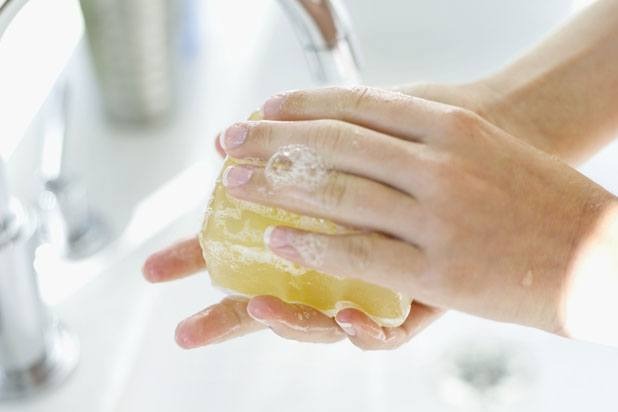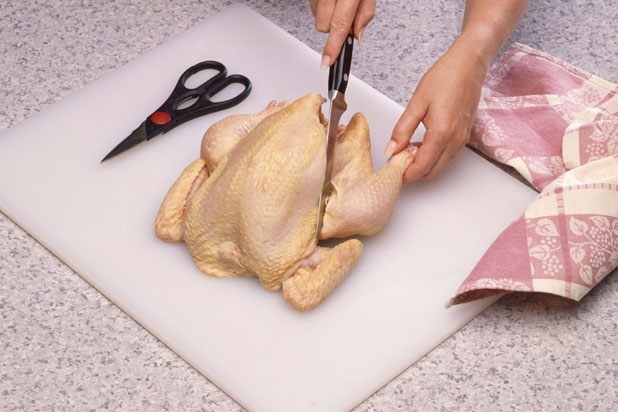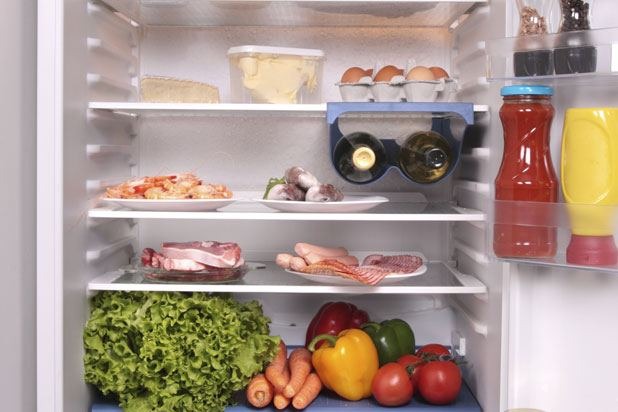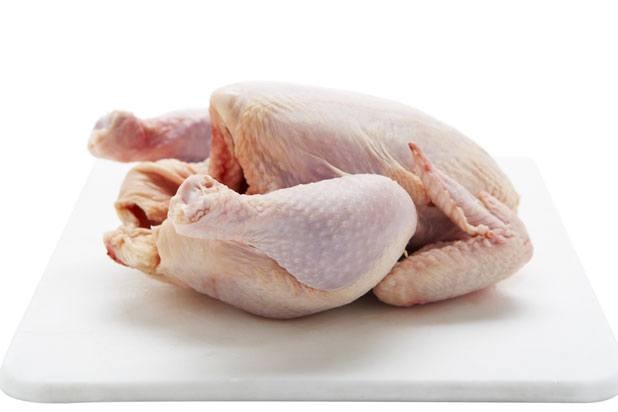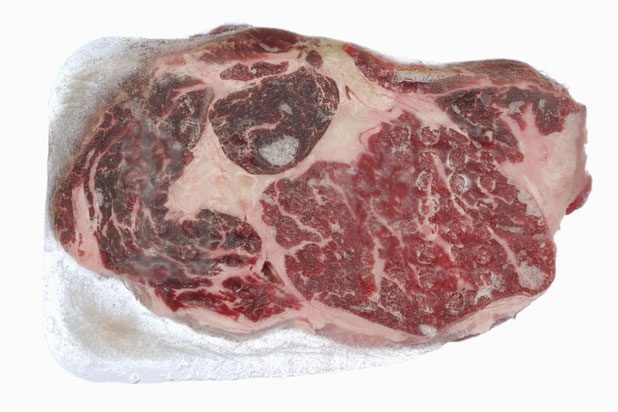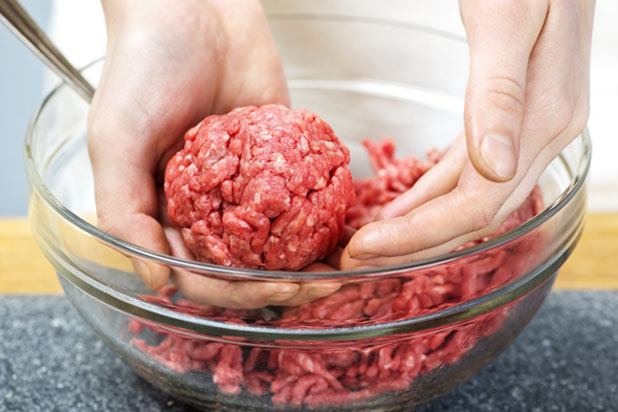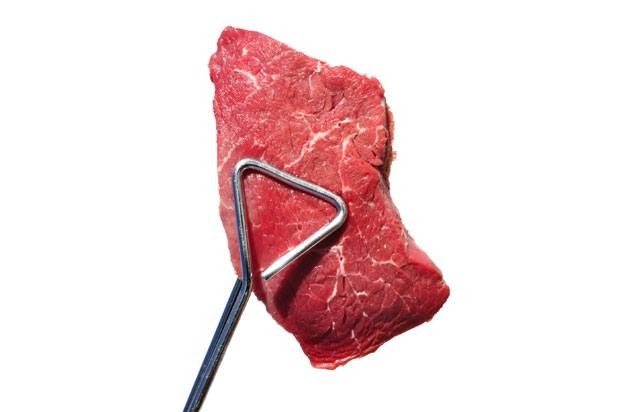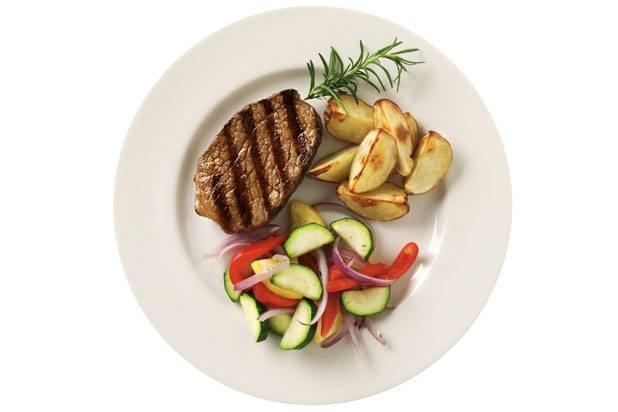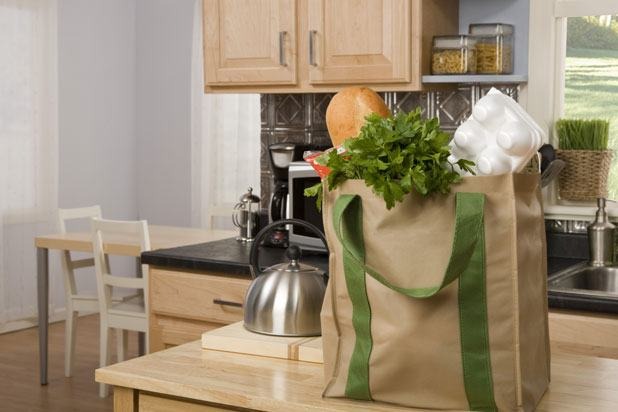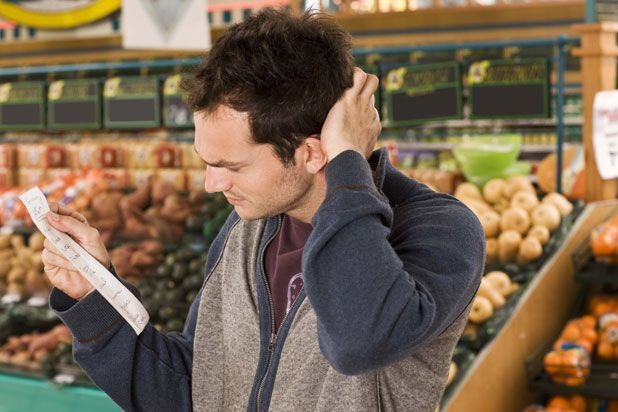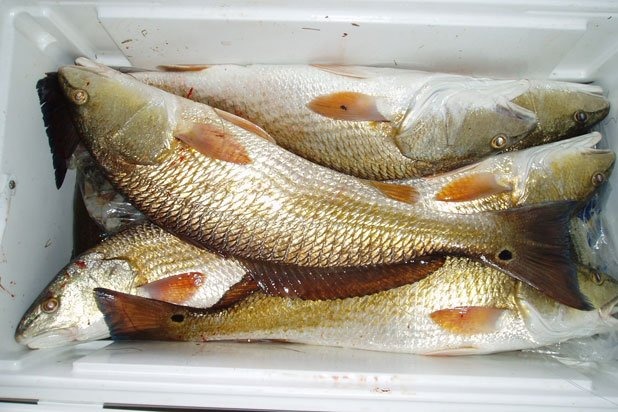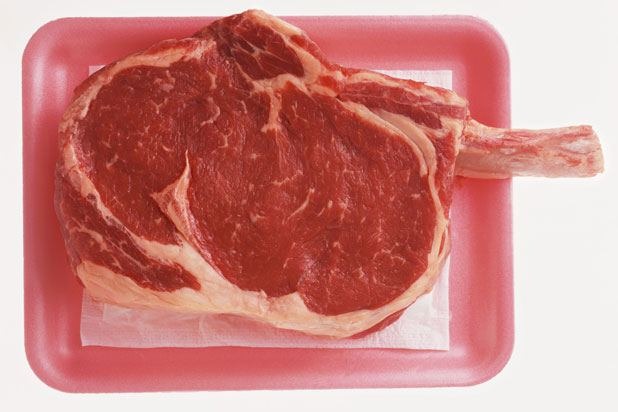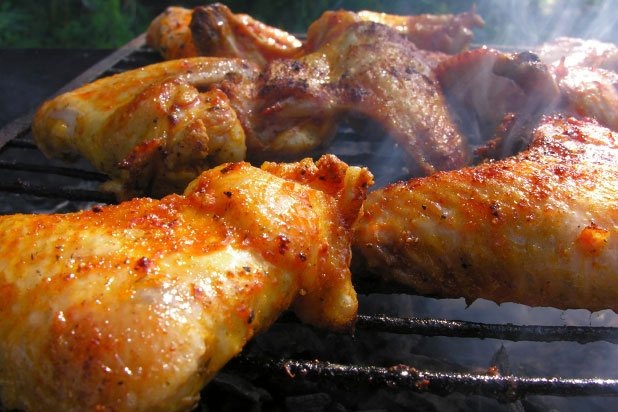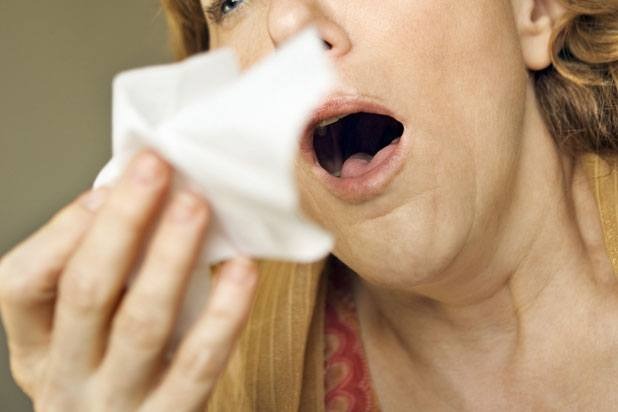15 Things You Need To Know To Practice Food Safety Slideshow
When beginning your work in the kitchen, it's easy to get overwhelmed with getting everything ready and making sure your recipes are organized, but always remember to wash your hands before handling food.
Originally published on September 19, 2012
Wash Your Hands, and Do It Right
OK, so now you know that washing your hands is an absolute must, but make sure you do it right. While sometimes people may know to get their hands wet before beginning work, the NRA stresses that too few know to use soap, warm to hot water, and to scrub for at least 15 to 20 seconds.
Know When to Clean Your Knife
Working with raw food should never be overlooked when working in a kitchen, and your knife should be no exception. Always clean your knife after handling raw foods such as beef, seafood, or poultry.
Store Food Properly in the Refrigerator
This is one of the less obvious ones, but the NRA states that storing raw food such as meat, seafood, and poultry over ready-to-eat foods in the refrigerator, like shown here, can cause cross-contamination due to the raw food leaking and dripping onto the ready-to-eat food below.
Rinse Your Cutting Board
Another overlooked food safety step is knowing when to wash your cutting board. As with a knife, always wash and sanitize your cutting board after handling bacteria-friendly raw foods. It's also helpful to use plastic cutting boards as opposed to wooden cutting boards when working with raw foods such as beef, poultry, or seafood, because the bacteria from the raw food can more easily be washed away.
Defrost Food Correctly
According to the NRA, frozen food should always be defrosted in the refrigerator so that the food thaws at a safe temperature that will prevent bacteria from growing.
Wash Your Hands After Handling Raw Meat
Just because you washed your hands before starting does not mean you're in the clear. Make sure to wash your hands after handling any of the dangerous raw foods.
Don't Mix Cooking Utensils
When working with utensils, make sure you have a designated set for handling uncooked food and cooked food. This is often overlooked in the case of grilling, when many are guilty of using the same tongs they started with to remove the cooked meat from the grill.
Address Food Allergies
If you're about to serve your meal and somebody alerts you to a food allergy, simply removing the allergen from the plate will not prevent an allergic reaction. A food can cause an allergic reaction through anything it has touched, whether it is cooking utensils, serving ware, or other foods on the plate, so always be aware of food allergies ahead of time and separate anything that comes into contact with that food.
Be Timely With Food
Just as is the case with thawing food, be conscious of how long a food has sat out at a certain temperature. The longer the food is exposed to warmer temperatures, the more chance bacteria has to grow and cause harm to people consuming it the dish. Always be sure to put away food immediately upon returning from the grocery store, and never leave a buffet out for more than an hour when it's sitting at warm temperatures.
Be Conscious of Yourself and Your Hands
Scratching your head might be OK in the grocery store when you're stumped on an ingredient, but it's not OK when working in the kitchen. Try to refrain from touching your face or hair when working with food, and if you do have an itch that absolutely must be scratched, make sure to wash your hands immediately after, before touching any food.
Transport Food at the Right Temperature
Many people think that a cooler will do its job all on its own, but whenever transporting food, raw or cooked, make sure it's stored at a temperature below 41 degrees, so make sure to have your ice packs ready.
Separate Raw and Ready to Eat Food
Now that you have your ice packs, make sure to pack ready-to-eat food and raw food in different containers so that there is no cross-contamination during travel.
Cook Meat to the Right Temperature
You can guess all you'd like, but you'll never be certain that you've cooked your meat to a safe temperature without using a meat thermometer. The temperature varies for different types of meat because some can be more resistant to growing bacteria. Chicken and ground beef meat are the most likely to grow bacteria, and meats like steaks, chops, and seafood are the least likely.
Chicken or any other poultry: must reach 165 degrees for 15 seconds
Hamburger meat or ground beef: must reach 155 for 15 seconds
Steaks and chops: must reach 145 degrees for 15 seconds
Seafood: must reach 145 degrees for 15 seconds
Know When to Put the Knife Down
Last but certainly not least is knowing when you're welcome in the kitchen. If you exhibit signs of sickness, whether it's a cough, sore throat, or as bad as a fever, you should never be handling food, especially food you are planning to serve to others. Not only could you infect others with your illness, but you can create a whole different monster from the combination of your illness with foodborne illnesses.
